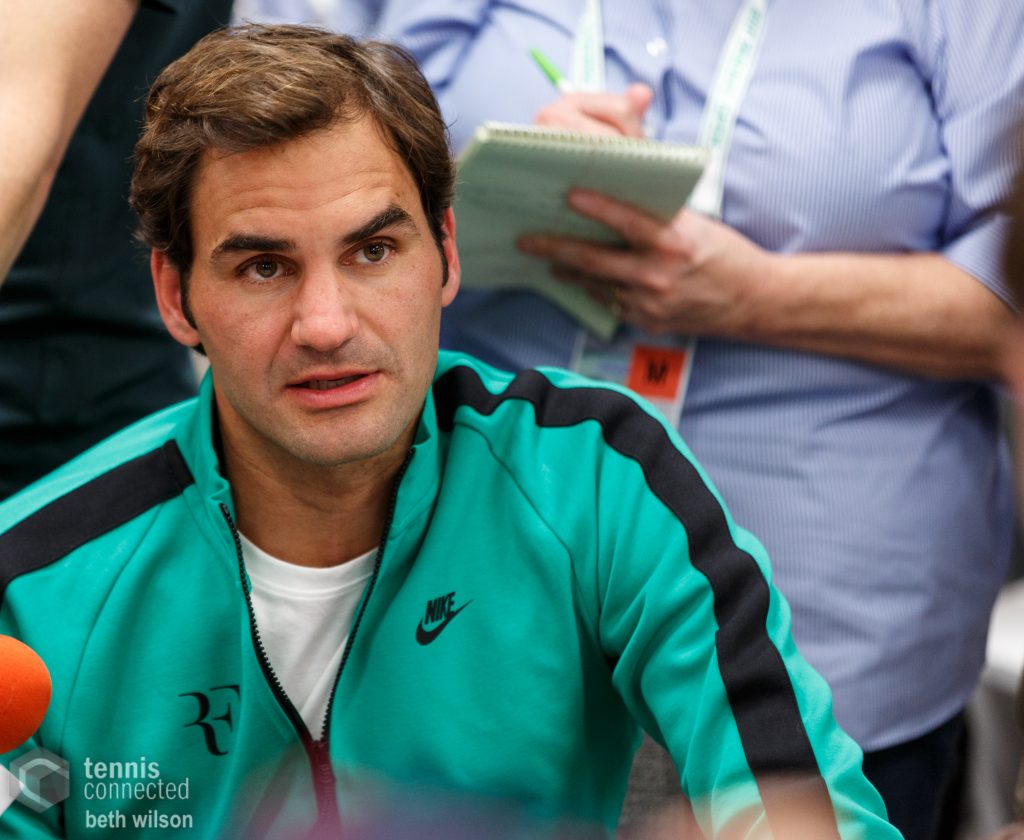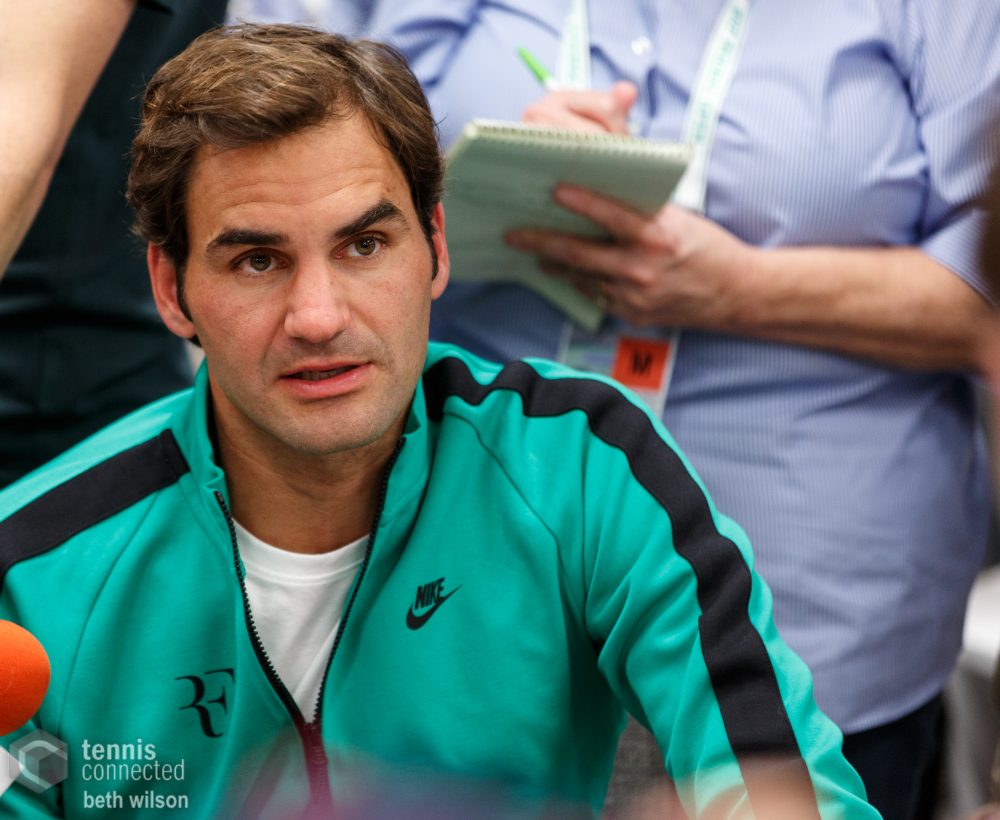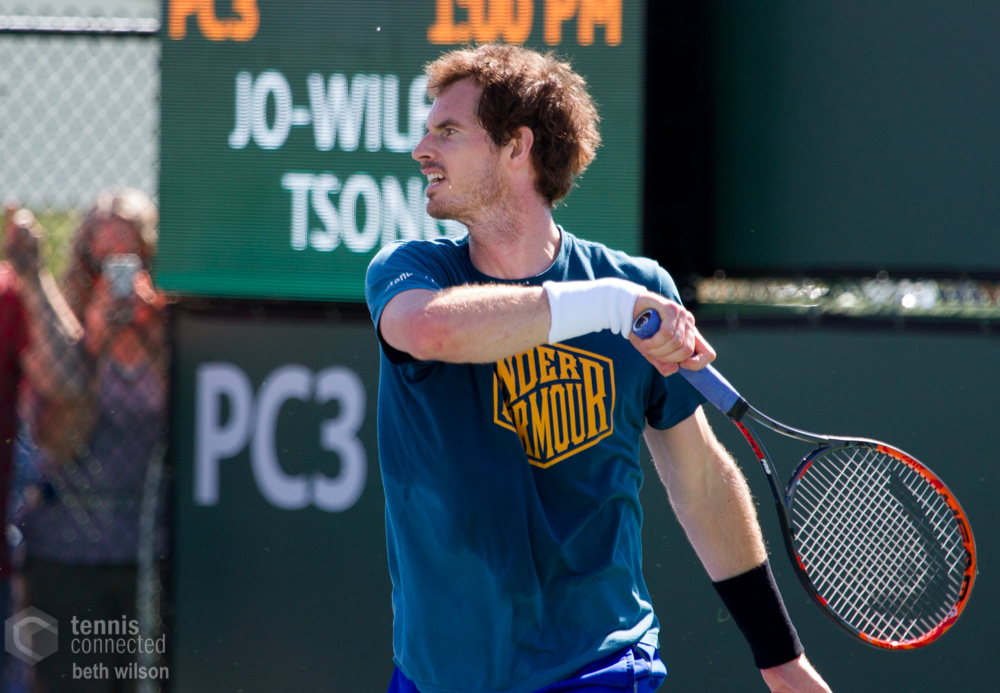At a time when it has never been physically harder to be a professional sportsperson, why is it that many of the best ones are also the oldest?
The likes of Roger Federer – who is 13/8 in the tennis betting to win his ninth Wimbledon title – LeBron James and Tom Brady, meanwhile, have continued to succeed “well past what would’ve been considered the peak age for their sports a generation ago”.
Take LeBron James, who has just enjoyed the finest season of his 15-year NBA career at the age of 33, playing the most minutes of any player in the league.
“After every single game of the NBA Finals, he’d give this press conference and the word that came out of his mouth most was ‘treatment’,” says Jeff Bercovici, writer of the book ‘Play on”.

“So, he’s talking about a variety of different things, from ice baths and cryotherapy, to cupping, electrical stimulation and laser stimulation.”
While those technologies – which are typically pioneered by the military or private tech companies, but rely on stars such as James to “evangelise” them – do accelerate physical recovery, they also perform another important role.
“Athletes are much smarter now about not over-training, yet they still have this really strong commission bias,” says Bercovici. “They want to do, do, do as much as they can to improve their performance.”
He cites the training regime of an in-his-prime Tiger Woods, which famously included long-distance running, heavy weight sessions, several hours at the driving range and 18 holes of golf every single day.
“Now, everyone knows that’s a really good way to wear down your body,” says Bercovici, “So instead, they lift in the gym for 90 minutes, then they go to the hot tub, the cold tub and all that kind of stuff.
“It’s not necessarily helping them recover faster, but being focused on recovery rather than on doing more training is absolutely extending their careers.”
No career has been extended as beautifully as Roger Federer’s, who recently returned to No. 1 in the men’s world rankings, just weeks before his 37th birthday.
Bercovici believes that, despite being “totally consistent with all trends I tracked throughout this book”, Federer is “probably the most incredible example of longevity and durability in all of sports”.
That’s because his endurance is a consequence of how he plays the game.
“If you were designing a tennis player from scratch, you would create Roger Federer,” says Bercovici.
“If you talk to a kinesiologist, what they will tell you helps explain a large portion of his longevity. He intuitively plays in this style that is both beautiful and conducive to him maintaining an unprecedented level of health.
“I think he’s the great tennis genius of all time.”
Bercovici recalls a decade-old quote about Federer which describes his footsteps during matches as being “like a ghost”.
“Well before people were talking about how this guy avoids injuries or how amazing his longevity is, he was practicing this form of movement that’s so different from everyone else’s and so much more sustainable,” he says.
Bercovici, who is fit again after using some of the methods explored in Play On to rehabilitate his back, learned over the course of writing the book that every enduring athlete has one thing in common: a love of their sport.
“It’s sounds like a cliché,” he says, “but there’s a reason it’s not.
“To be an elite athlete, the first gate to pass through is that you have to be able to take a game and treat it like it’s a job. You have to take all the fun and spontaneity out of it.
“So, if someone has passed through that gate and then 20 years on they still have that sense of fun, that’s really, really, incredibly rare. And that’s what unites these people who are still working incredibly hard approaching 40.”


























